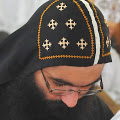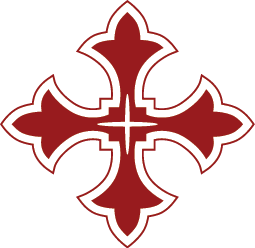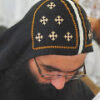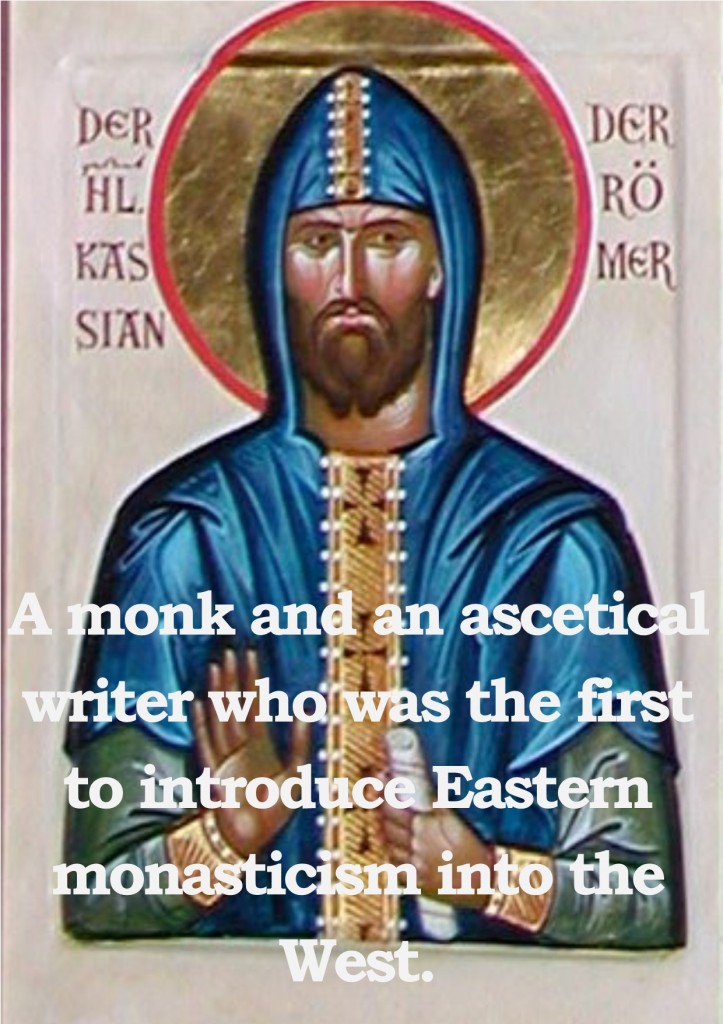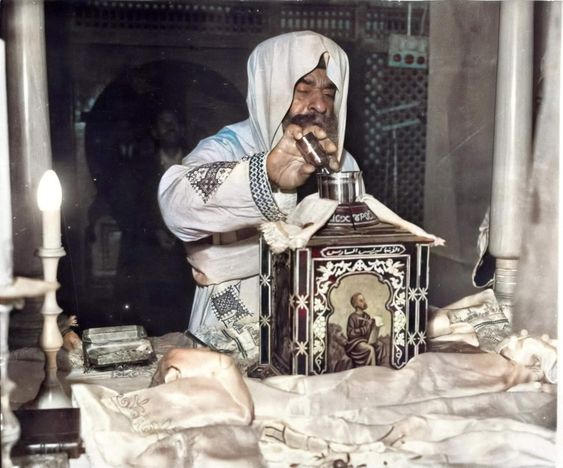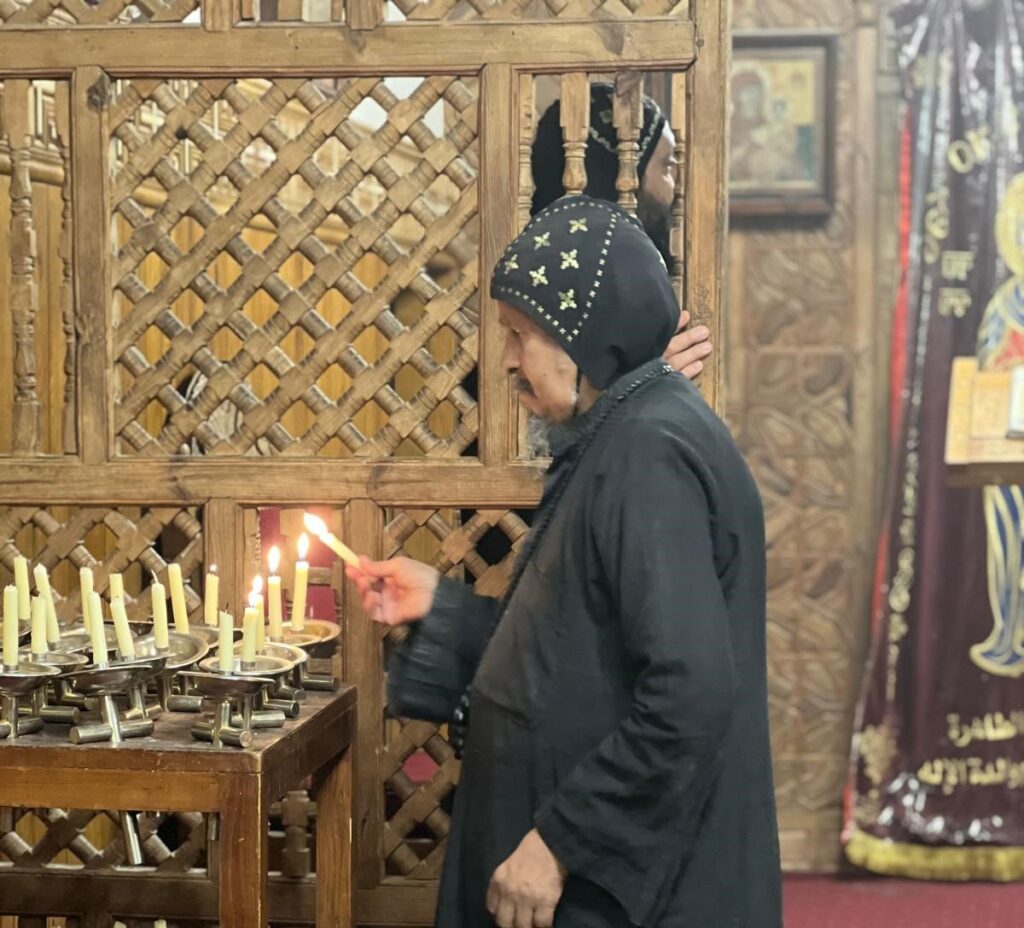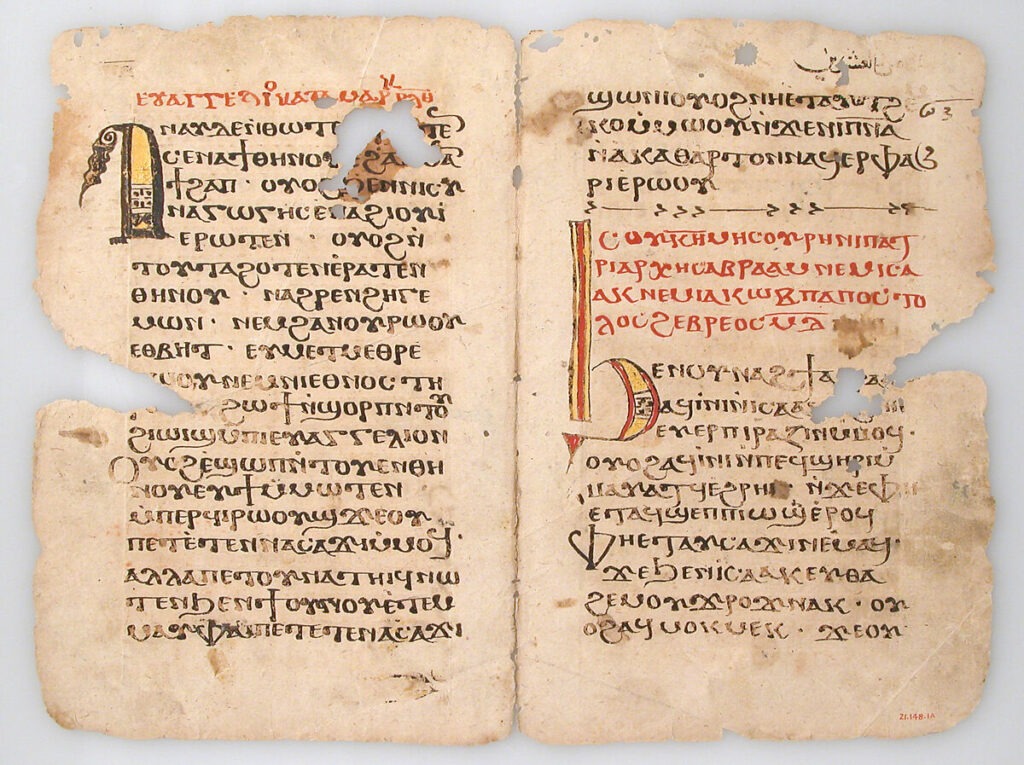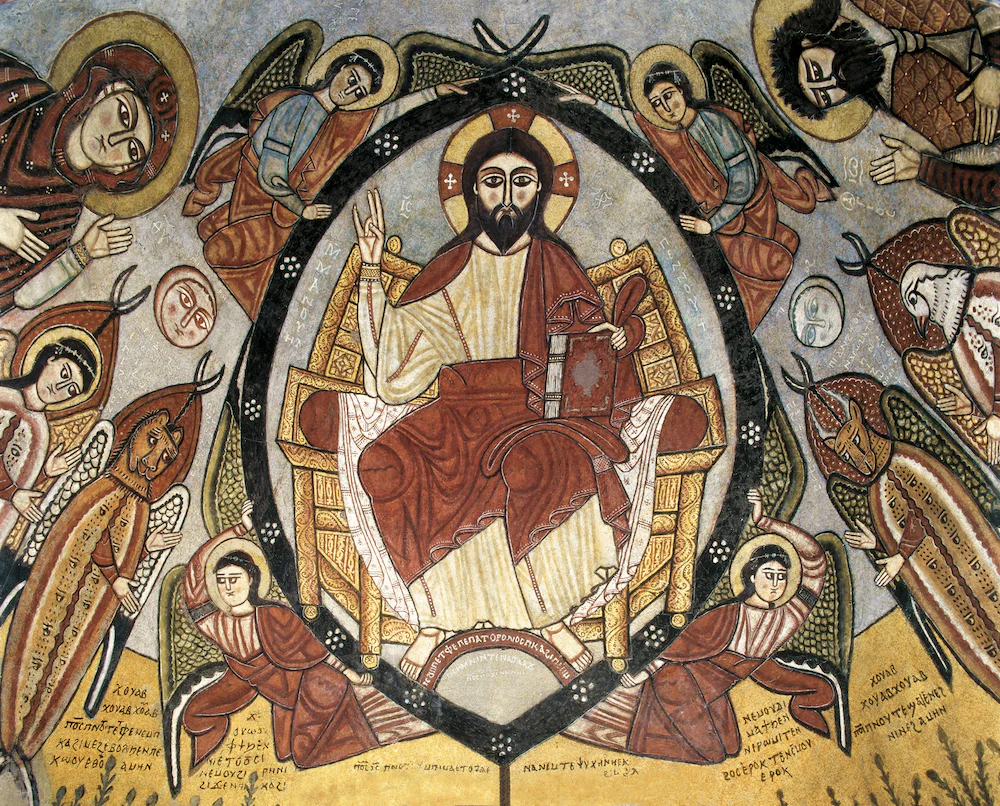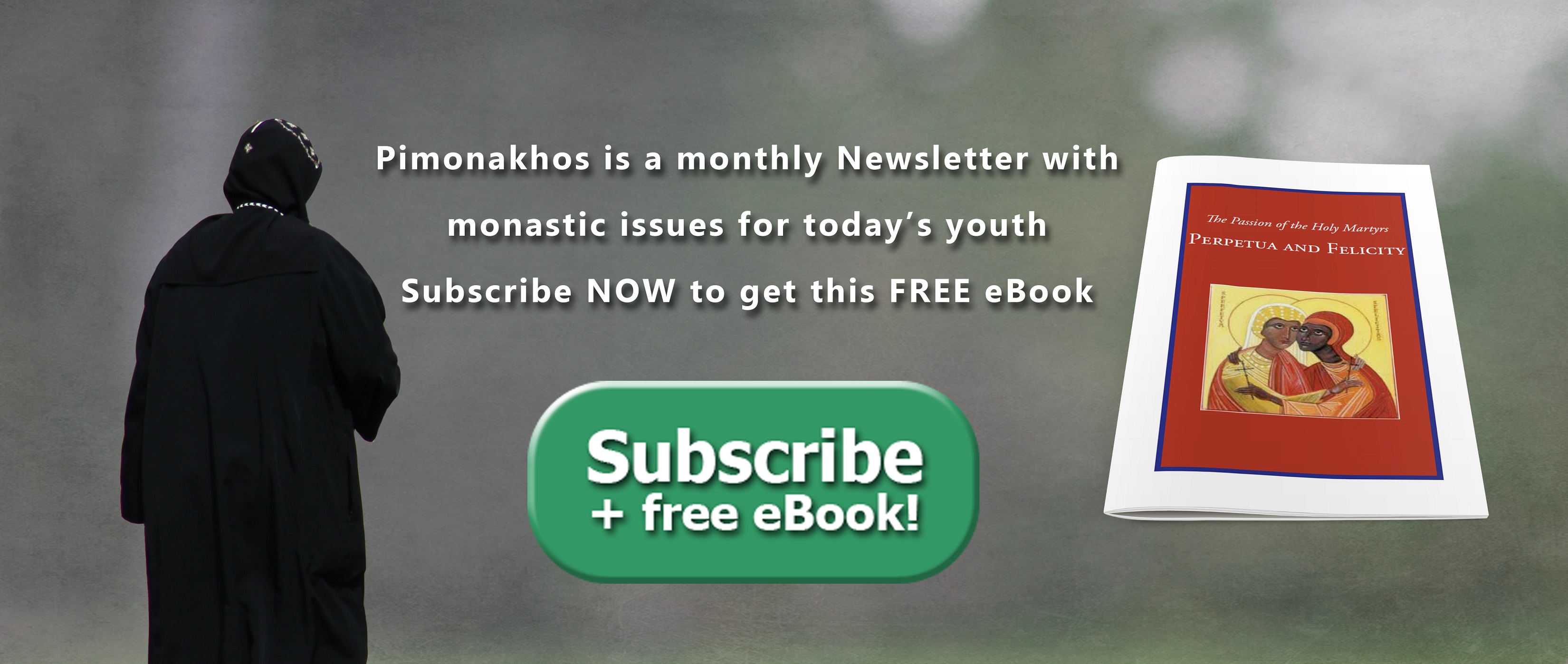St John Cassian was a monk and an ascetical writer who was the first to introduce Eastern monasticism into the West. Born in present day Romania, near the delta of the Danube; about 435 AD. He was the son of wealthy parents, he received a good education, and while yet a youth visited the holy …
St John Cassian was a monk and an ascetical writer who was the first to introduce Eastern monasticism into the West. Born in present day Romania, near the delta of the Danube; about 435 AD. He was the son of wealthy parents, he received a good education, and while yet a youth visited the holy places in Palestine, accompanied by a friend, Germanus, who was some years his senior. In Bethlehem Cassian and Germanus began living the monastic life, but, as in the case of many of their contemporaries, the desire of learning “the science of sanctity from its most eminent teachers” soon enticed them to the Egyptian deserts.
Lived in Scetis from about 380 until 399 (19 years); they may also have visited Nitria and Kellia, and may have had contact with the Pachomians as well. After their first seven years they obtained an extension of their leave of absence from Bethlehem and returned to Egypt, where they remained several years longer. It was during this period of his life that Cassian collected the materials for his two principal works, the Institutes and the Conferences.
The Institutes full title is “The Insitutes of the Cenobium and the Remedies for the Eight Principal Vices”… are mainly taken up with what belongs to the outer man and the customs of the coenonia,” the monastic life in common. In the first four chapters of the Institutes he describes in considerable details the prayer rule, clothing, eating and fasting, and the rules governing the monastic life in Egypt, illustrated by examples from the author’s personal observation in Egypt and Palestine. The eight remaining books are devoted to the eight principal obstacles to perfection encountered by monks: gluttony, impurity, covetousness, anger, dejection, acedia, vainglory, and pride.
The Conferences are a record of the conversations that Cassian and Germanus had with the Egyptian solitaries about the interior life. In the Conferences St John deals rather with the training of the inner man and the perfection of the heart.
These two works, especially the latter, were held in the highest esteem by his contemporaries and by several later founders of religious orders.
After he left Egypt, he founded two monasteries near Marseilles, and it was for that audience that he wrote his Institutes and Conferences. He was not writing a history of Egyptian monasticism though there is tendency to rely on him for that. Rather he was trying to reform Gallic monasticism by showing them how the Egyptian monks lived.
Join Us: Sign Up Today!
Tags:
